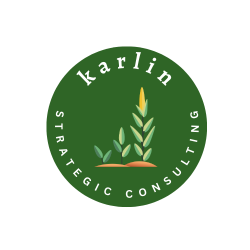USDA’s Agricultural Marketing Service published its animal welfare standards for organic products in the final days of the Obama Administration, but Senate Agriculture Chairman Pat Roberts (R-Kan), ranking member Debbie Stabenow (D-Mich), and House Agriculture Committee Chairman Mike Conaway (R-Tex) have all stated they have concerns, and intend to seek changes in the coming months.
The organic sector generally supports these rules, which represent over a decade of work, input from thousands of stakeholders, and recommendations from the National Organic Standards Board. The rules provide consumers and producers with clarity on what it means to buy organic meat, dairy, poultry, and eggs. But opponents worry that the cost of complying with requirements for more space and outdoor access could put some organic producers out of business; and that expanded outdoor access could lead to another avian flu outbreak.
The rules cover many aspects of animal welfare for organic livestock and poultry, but the biggest impact is likely to be felt in the organic egg industry. The regulation requires that producers provide outdoor access for organic poultry, and codifies biosecurity practices that guard against disease spread by wild birds. Organic egg producers were always required to let their hens go outside, but the new rule defines exactly what that means. The new rules will require farmers to provide at least one square foot of outdoor space for each 2.25 pounds of poultry in their flock, or about two square feet per egg-laying hen, or about an acre for a flock of 20,000.
The rule includes a five-year transition period for current organic egg production that doesn’t meet the new standard. After that five-year period, if egg producers do not comply with the rule, they will not be able to be certify their production as organic.
The regulations also ensure that organic livestock and poultry have sufficient space; require living conditions to meet certain ventilation and light requirements; and prohibit beak removal and cattle docking.
The rules are designed to help organic producers meet consumer expectations and ensure the integrity of the USDA organic seal. They are intended to strengthen consumer confidence in the USDA organic seal, and ensure that organic agriculture continues to provide economic opportunities for farmers, ranchers, and businesses across the country.

